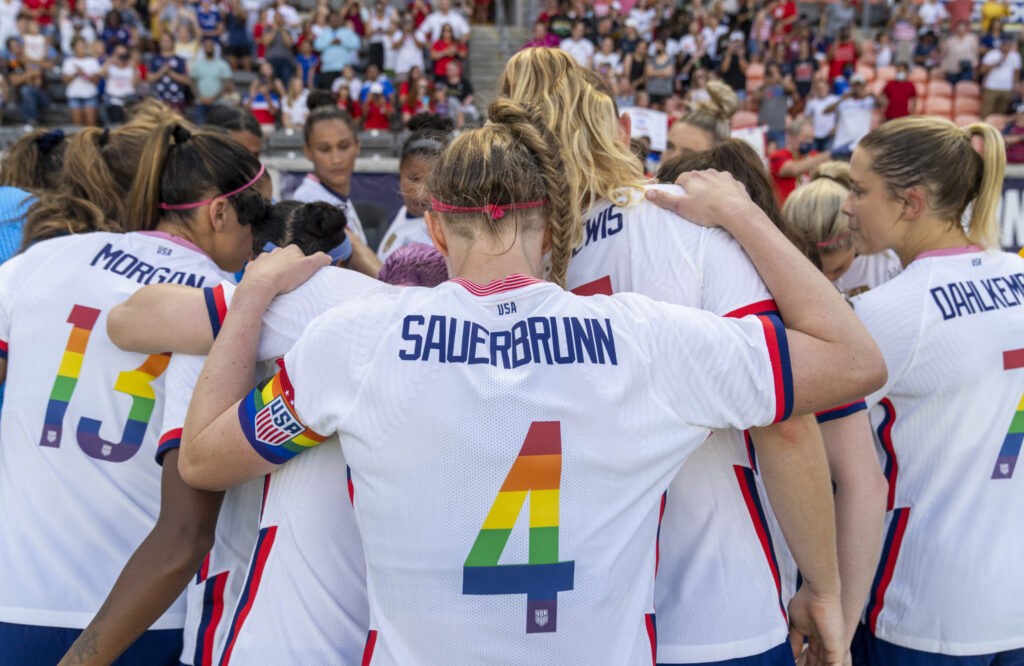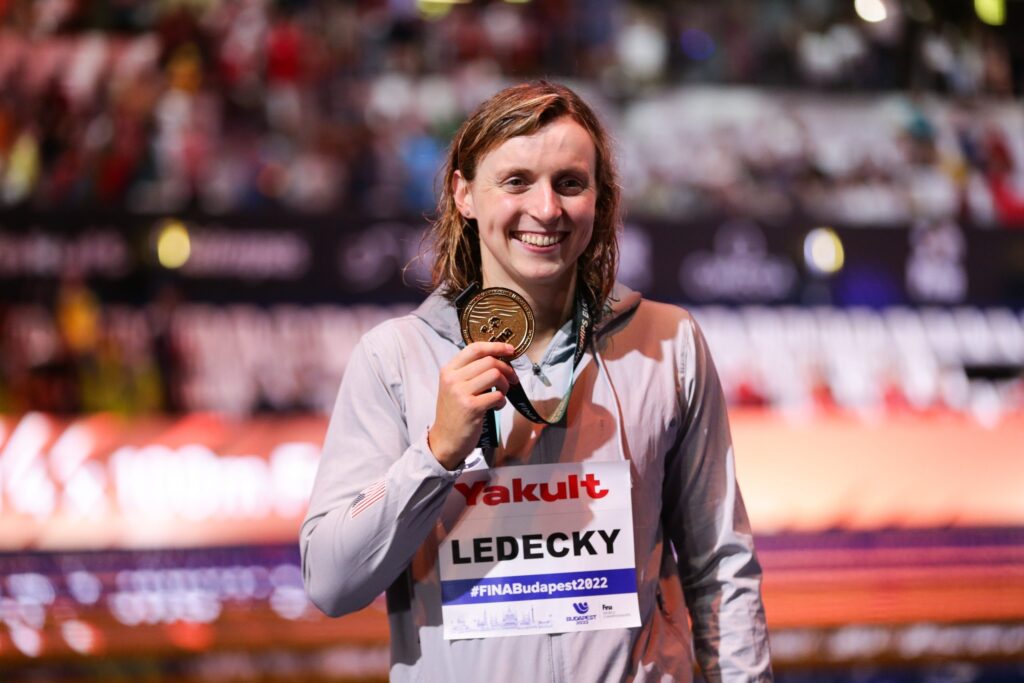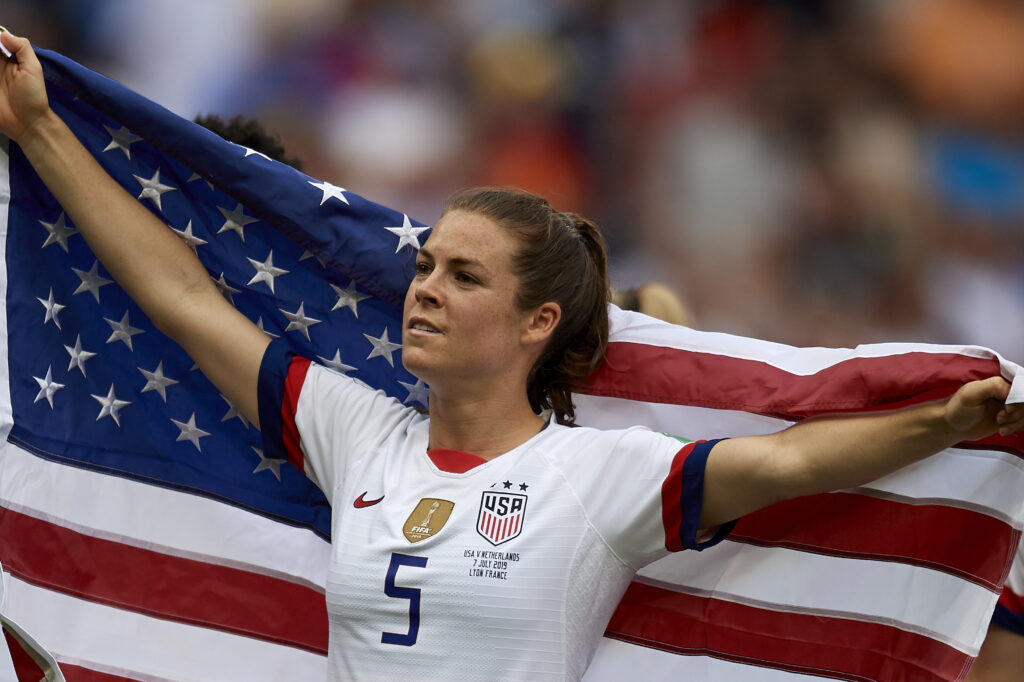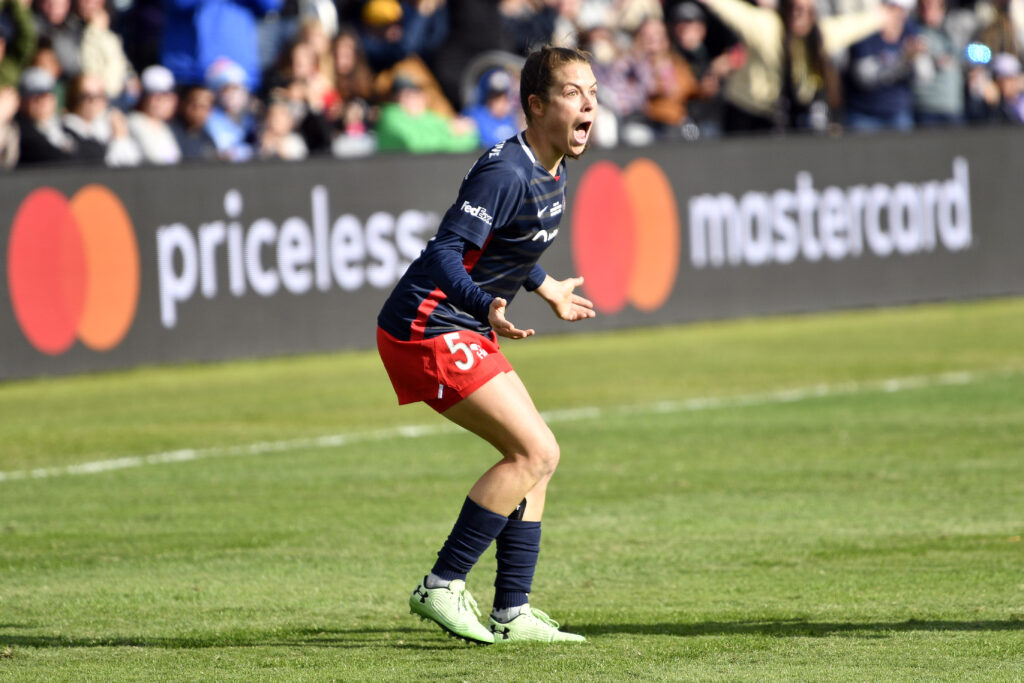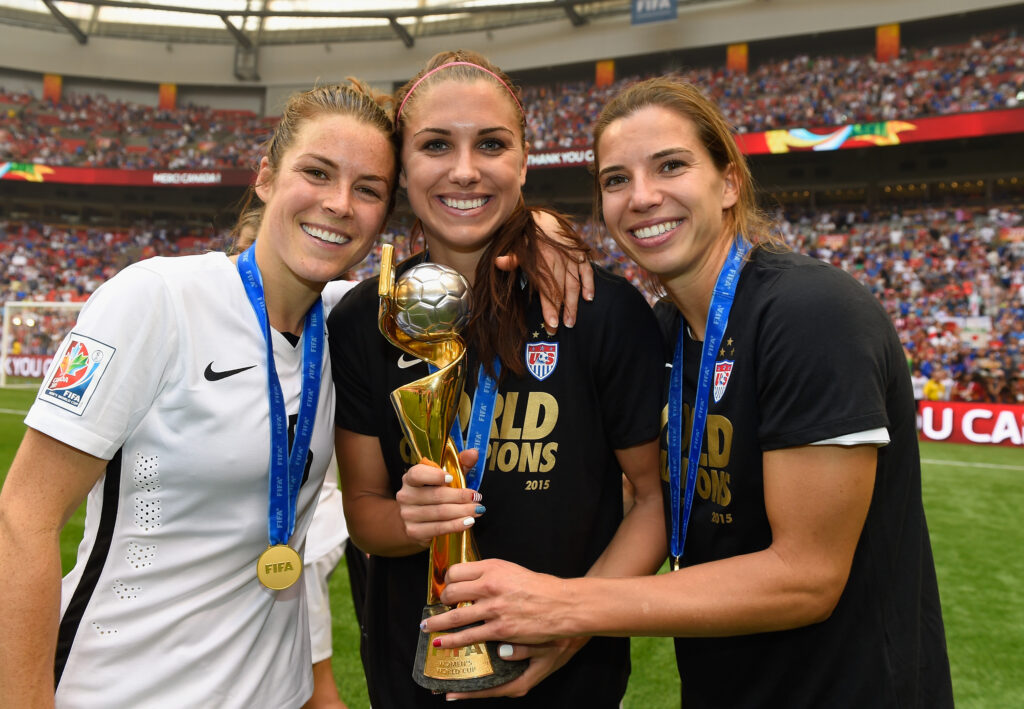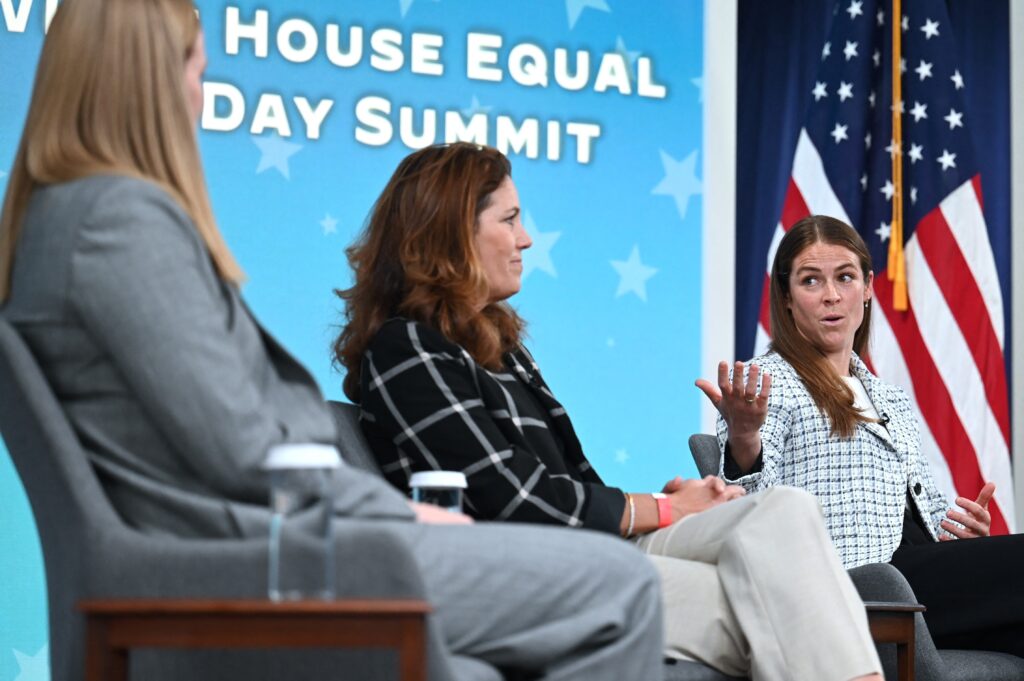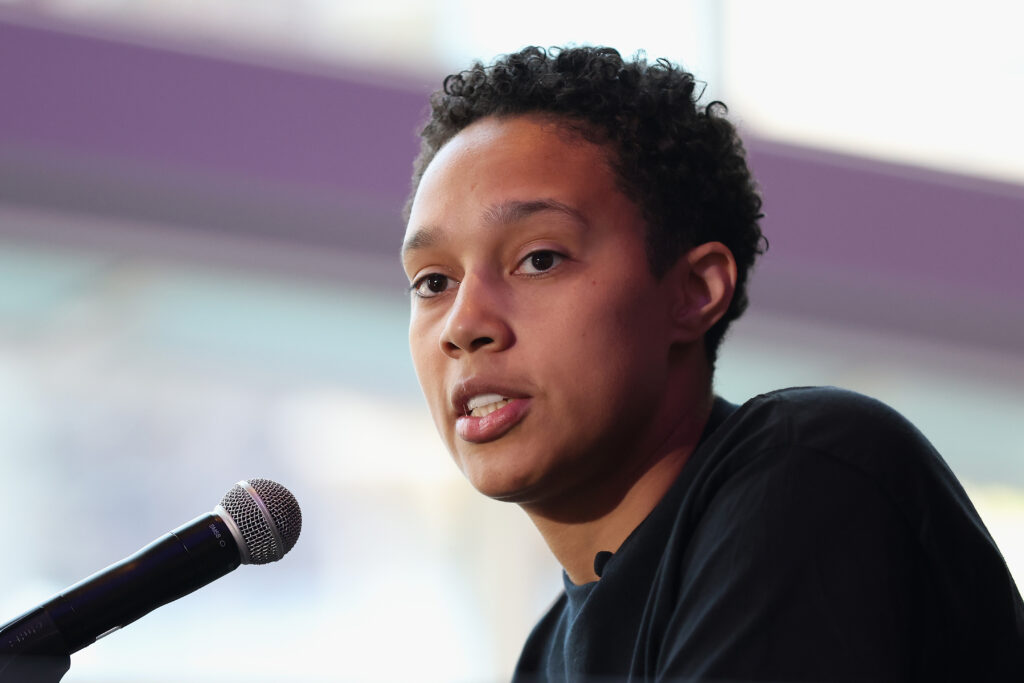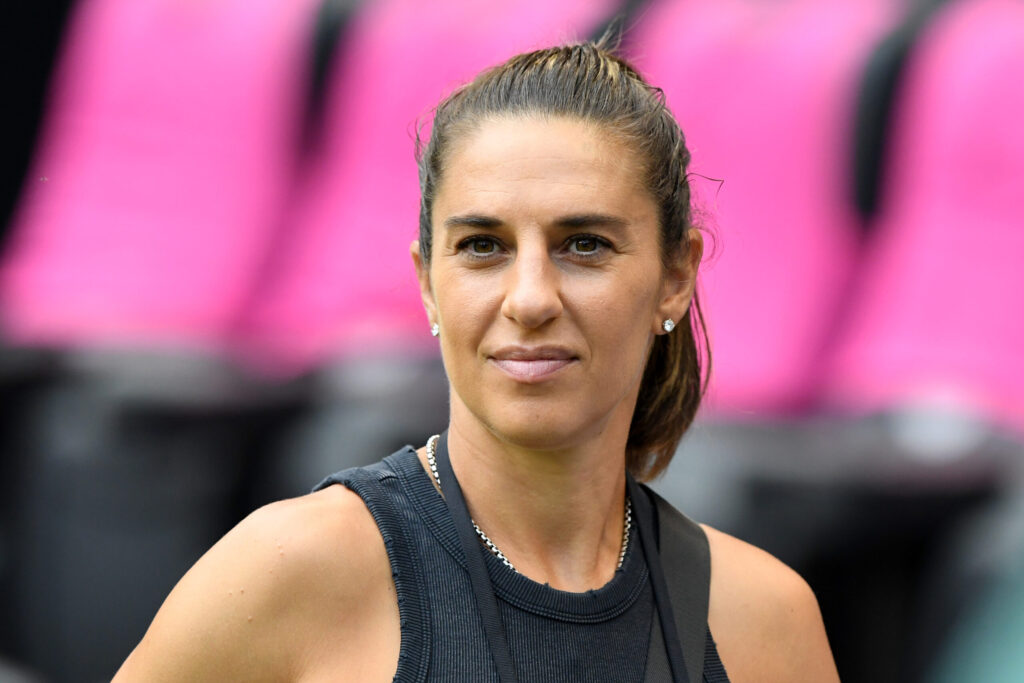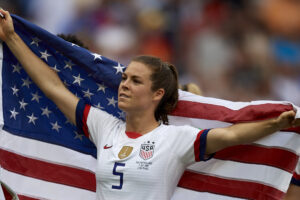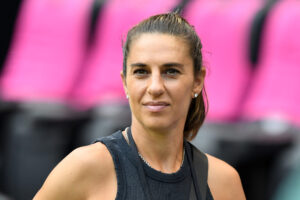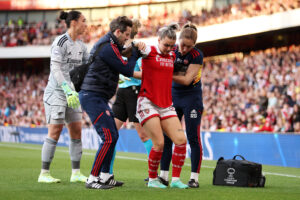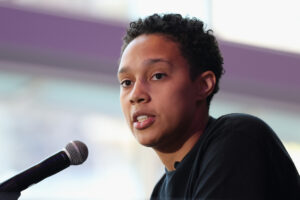Picking an 18-player Olympic roster is brutal, and it’s especially hard for the deepest women’s soccer team on the planet. Despite this, Vlatko Andonovski will be choosing his United States women’s national team roster for Tokyo at the end of this week’s Summer Series, and with the player pool tightening up, I’m here to take a stab at slimming the roster down to its final form.
Some of these choices result as much from the available talent as from the team’s preferred tactics.
The USWNT has played consistently in a 4-3-3 formation under Andonovski, with a commitment to full-team defense and an attack that feeds off of catching teams in transition. The team is also the deepest in the world, and many of these roster decisions are made by a matter of degrees. Every last player out in every position is still Olympic quality, which means there are very few bad choices, even if some are quite difficult.
Goalkeepers (2)
This one’s actually easy. You take Alyssa Naeher as your No. 1 goalkeeper because she has experience on the largest stage and a built-in chemistry with the backline, and you take Adrianna Franch as your No. 2 because she’s the next best available keeper with international experience.
Franch has had an exceptional 2021 so far, her fundamentals are some of the best and she’s healthy. Jane Campbell seems to be in the future plans of the federation and Ashlyn Harris has been in the USWNT system for a long time, but Naeher and Franch are the two I trust in this particular tournament.
Defenders (6)
Abby Dahlkemper, Becky Sauerbrunn, Crystal Dunn, and Kelley O’Hara are the defensive locks. Sauerbrunn is the team’s captain, Dahlkemper is one of the best defenders in the world, Dunn excels pretty much anywhere on the field and O’Hara has been locked in with the Washington Spirit.
With the understanding that the team will likely need to rotate center backs on occasion, I would also take Tierna Davidson, who has moved into a leadership role with the Chicago Red Stars in the absence of Julie Ertz. Davidson has also played well at outside back in the past and could take over one of those roles if Dunn or O’Hara sustained an injury.
In the final spot, one has to think the decision comes down to Emily Sonnett and Midge Purce as fullback depth, and in that circumstance, I’m taking Purce. Sonnett is a talented ball-winner with an eye toward springing the attack and placing the ball at the feet of the forward line, but she is simply not comfortable in defensive transition on the flank. If she were being looked at in a three-back option or as a No. 6, her place on the team would make sense. But in the context of Sonnett’s intended role, she’s the first player out for me. Purce is also not a natural fullback, but she’s improved defensively at the club level over the last year and, like Dunn, she has the ability to slot in as a forward at any time.
Midfielders (5)
The USWNT midfield was all but decided when Julie Ertz sprained her MCL in Chicago’s first regular season NWSL match. And in the face of her possible absence, it looks like the team has decided to … not change very much about the way they play.
With the understanding that Ertz should be healthy enough to go to Tokyo, she still makes my roster. Andi Sullivan is a great player, but she hasn’t gotten a foothold with the team in recent years and Andonovski doesn’t seem willing to take another pure No. 6. The other three players with their ticket to Japan already printed are the trio of Rose Lavelle, Lindsey Horan, and Sam Mewis. Horan and Mewis are now even more important as they’ll be covering for Ertz as she gets back up to speed, and Lavelle will be tasked with play-making from an attacking midfield position.
If the team decides to pack the midfield and leave the frontline on the light side, then there’s room on the squad for both Kristie Mewis and Catarina Macario, who bring different skills to the team. Macario is a future star, one who can play in both the No. 9 and in the No. 10 and for whom this experience would be invaluable as the team eyes the 2023 World Cup. If Macario is the future, Kristie Mewis is the now. Mewis brings a level of game-readiness from her years in the NWSL and has the ability to change games with her passing vision and her willingness to run at a backline.
Macario is going to be a force for years to come, but she hasn’t quite shown the ability to impose her talent on international games this year. If I simply must choose, I’m taking readiness over potential, and that means Mewis.
Forwards (5)
This is the most nuanced and difficult position to evaluate, especially with Tobin Heath on her way back from a long-term injury. Christen Press and Alex Morgan are essential to the roster — both have a wealth of experience and are in very good form. And as controversial as this might seem, with Press excelling on the wing, no one else has snatched the backup No. 9 role. That means the team also needs Carli Lloyd.
From here, the decisions get more complicated. Sophia Smith is a growing talent who’s strong on the ball, but she hasn’t been given much of an opportunity to establish herself at the international level. Lynn Williams is a player with an engine that never quits, and Andonovski has favored her in recent months because she can destabilize other teams with her commitment to pressing from a forward position. That said, she can also be wasteful in front of goal and hasn’t wowed in club play this year. Megan Rapinoe is a fantastic leader and still lethal in dead-ball situations, but she leaves some defensive gaps and whether she’s the right player for a grinding tournament in the Japanese summer is up for debate. Tobin Heath is, well, Tobin Heath, but there are risks to bringing a player who is still working back from injury and there are no guarantees as to where her form will be by the time the tournament starts.
In something of a reversal of fortunes from the beginning of the year, I am not sure that Williams has been balanced enough in her international opportunities to unseat either Rapinoe or Heath. Rapinoe makes my roster, simply because I think she’s been impressive in 2021, both in club play and for the U.S.
However, with a lack of game tape on Heath, I have to go with my gut and stick with Lynn Williams. She has such a clear intention within Andonovski’s system, and when she executes on the defensive side of the ball, she makes the USWNT very difficult to play. I’m also residually nervous about bringing too many knocks to an Olympic tournament — blame 2016.
In short, the USWNT has few bad choices but quite a few hearts to break this week. No matter whom in this group they choose, rest assured, they’ll be the favorites for the Olympic gold.
